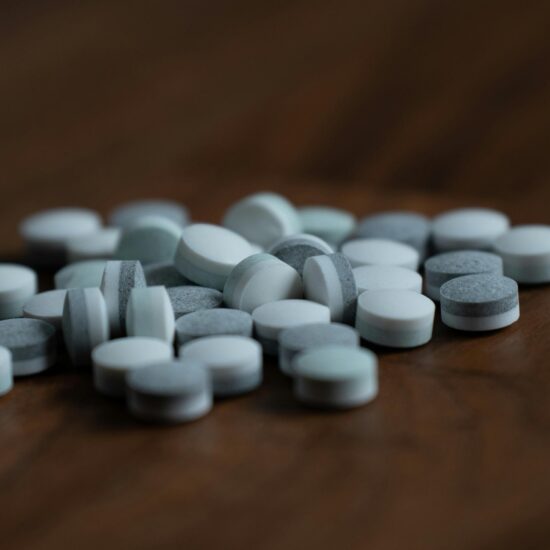Fentanyl is a synthetic opioid that has made headlines as one of the most dangerous drugs contributing to the opioid crisis in the United States. Understanding what fentanyl is, how it works, and why it’s so deadly is essential for raising awareness and encouraging those affected to seek help.
What Is Fentanyl?
Fentanyl is a synthetic opioid originally developed to treat severe pain, such as pain experienced after surgery or by individuals with advanced cancer. It is 50-100 times more potent than morphine, making it extremely effective in medical settings when used appropriately under strict supervision.
However, fentanyl is also manufactured illegally and sold on the black market, often mixed with other drugs such as heroin or cocaine. This illicit form of fentanyl is responsible for a significant rise in overdose deaths, as users often don’t realize how much they are taking or that they are consuming fentanyl at all.
How Does Fentanyl Work?
Fentanyl works by binding to opioid receptors in the brain, which are responsible for controlling pain and emotions. This interaction produces intense pain relief and euphoria but also suppresses vital functions, such as breathing and heart rate. Because of its potency, even a tiny amount of fentanyl can cause overdose and death.
Why Is Fentanyl So Dangerous?
Several factors make fentanyl exceptionally dangerous:
- High Potency: Its extreme strength means that even a small miscalculation in dosage can be fatal.
- Illicit Manufacturing: Street fentanyl is often mixed with other drugs, making it impossible to know the dose or purity.
- Rapid Onset: Fentanyl acts quickly, leaving little time to intervene in the event of an overdose.
- Resistance to Naloxone: While the overdose-reversal drug naloxone (Narcan) can counteract fentanyl’s effects, higher doses are often required compared to other opioids.
Signs of Fentanyl Overdose
Recognizing the signs of a fentanyl overdose can save lives. Symptoms include:
- Slow or shallow breathing
- Unresponsiveness or unconsciousness
- Blue or pale lips and fingertips
- Pinpoint pupils
- Weak or no pulse
If you suspect an overdose, call emergency services immediately and administer naloxone if available.
Seeking Help for Fentanyl Addiction
Fentanyl addiction is a serious condition that requires immediate attention. Treatment typically begins with medically supervised detox to manage withdrawal symptoms, which can include severe cravings, muscle pain, insomnia, and gastrointestinal issues. Following detox, comprehensive treatment programs are essential for addressing the psychological aspects of addiction and reducing the risk of relapse.
Preventing Fentanyl-Related Overdoses
- Education: Understanding the risks associated with fentanyl is crucial for preventing accidental overdoses.
- Avoiding Street Drugs: Illicit drugs are often contaminated with fentanyl, even if it’s not disclosed.
- Carrying Naloxone: If you or someone you know is at risk of opioid overdose, having naloxone on hand can save lives.





